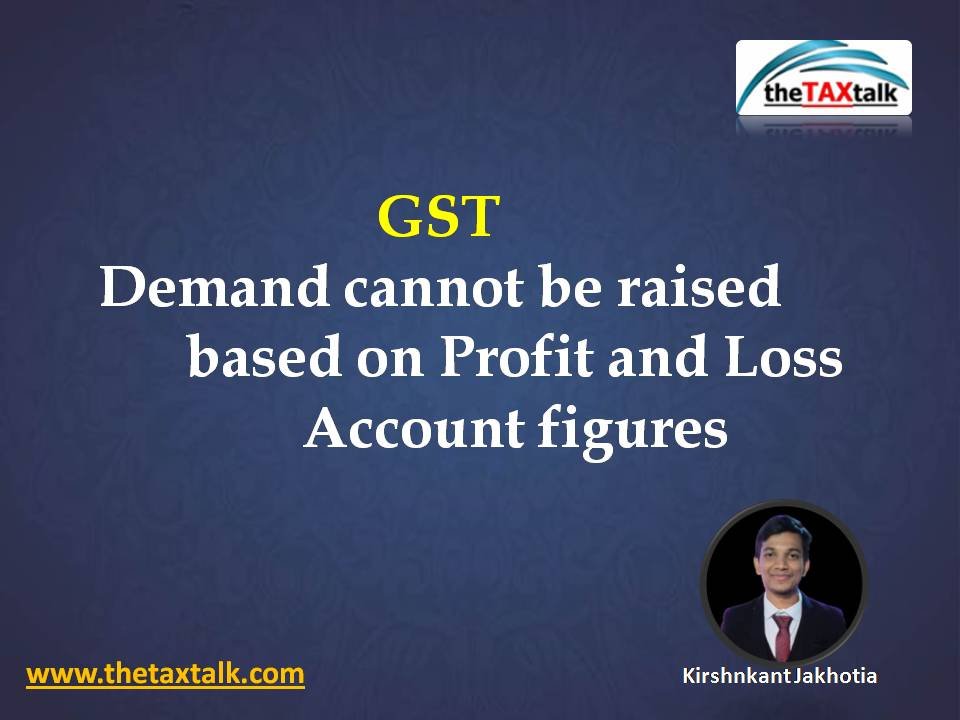Whether your hobby became your main business or you began working a side hustle to supplement your income, starting your own self-employed business can be an exciting time. It can also be an uncertain time as you try to navigate an area of your business that you probably didn’t spend much time thinking about – taxes.
You may already be familiar with your personal income taxes, but when you become self-employed, you need to report your self-employed business income and expenses on your tax return.
Fortunately, it isn’t difficult once you know what you need to do.
Make Quarterly Estimated Tax Payments
When you receive a salary as an employee, your employer handles withholding taxes from your paychecks throughout the year. When you’re self-employed, you handle that yourself through quarterly estimated tax payments. In general, you are expected to pay estimated taxes if you expect to owe $1,000 or more annually for your taxes.
If your business is new, a reasonable estimate of your net profit needs to be calculated in order to figure out your estimated taxes. QuickBooks Self-Employed helps you easily figure out your estimated taxes year-round. When you prepare your taxes, TurboTax Self-Employed can also automatically calculate your estimated tax payments and print out payment vouchers for you to send to the IRS.
Your quarterly estimated payment due dates for 2024 are due on the following schedule:
- April 15
- June 15
- September 15
- January 15 of the following year
You can also pay your estimated taxes using the Electronic Federal Tax Payment System (EFTPS). In addition to making instant payments, it’s free. You can also mail in your payment. The IRS has specific mailing addresses based on the state where you live. Please be aware that your payments should be postmarked by the due date to avoid penalties.
If you worked both as an employee and had your own self-employed business during the year, you may be able to have more taken out of your paychecks from your employer to offset what should be paid in estimated taxes.
Self-Employment Tax is Calculated at Tax-Time
In addition to federal income tax, you’ll also need to pay self-employment tax, which is automatically calculated by TurboTax Self-Employed when you do your taxes. This is the tax paid by self-employed individuals for Social Security and Medicare.
As an employee, you were paying FICA tax, which was 7.65% of your gross income. Your employer was also paying a matching percentage, putting it at a total of 15.3%. Once you’re self-employed, you have to pay both sides of that tax, or 15.3%. The good news is that the IRS allows you to deduct half the self-employment tax against your income for federal income tax purposes. Finally, remember the 15.3% is calculated only on your net business income, not on your gross revenues, so the more tax-deductible business expenses you have the lower that tax will be.
Track Income and Expenses
To figure out estimated tax payments, you’ll need to be able to track your income and expenses. QuickBooks Self-Employed helps you track your business income, expenses, and mileage year-round. You can then easily export your information to your TurboTax Self-Employed tax return.
Set Up Your Own Retirement Plan
Since you’ll no longer have an employer retirement plan, you’ll need to create your own if you want to defer some of your income and save for retirement.
There are a few basic options for the self-employed:
- Individual Retirement Account (IRA): This is the simplest type of retirement plan, especially when you’re a new business. Using an IRA, you can make tax-deductible contributions up to $7,000 or $8,000 if you’re 50 or older for 2024.
- SEP IRA: This is a much more generous plan, that might be a better idea down the road when your income is higher. It enables you to contribute 25% of your net business income, up to a maximum of $69,000 for 2024.
- Solo 401(k): This is a 401(k) plan for an individual, but you can also include your spouse if they participate in the business. Just like a regular 401(k) plan, you can contribute up to $23,000 for 2024 as an employee or $30,500 if you’re 50 or older for 2024, but you can also make an employer contribution. The maximum total contribution to the plan is $69,000 for 2024 or $76,500 if 50 or older.
Get Health Insurance
As a self-employed business owner, you’ll have three basic options if you want healthcare coverage:
- Get on your previous employer’s plan. It will be expensive because your employer no longer subsidizes your insurance. It will give you coverage for up to 18 months.
- If you’re married, and your spouse has an employer plan, you can get coverage there.
- Buy a plan through the Health Insurance Marketplace. As a new business owner, your income may be low enough to qualify for a premium tax credit.
One advantage of being self-employed is that the IRS allows you to deduct the cost of the health insurance premiums you pay without having to itemize your tax deductions and meet certain thresholds, unlike an employee, saving you money on your taxes.
As you can see, self-employment may bring additional tax considerations, as well as planning for retirement and health insurance coverage, but you’ll get the benefit of potentially unlimited earnings that come from self-employment, as well as greater freedom in your life and your occupation.
Don’t worry about knowing these tax rules. No matter what moves you made last year, TurboTax will make them count on your taxes. Whether you want to do your taxes yourself or have a TurboTax expert file for you, we’ll make sure you get every dollar you deserve and your biggest possible refund – guaranteed.















